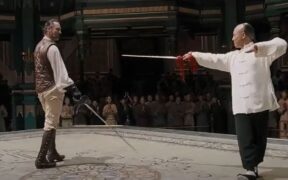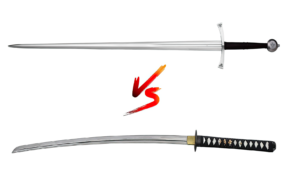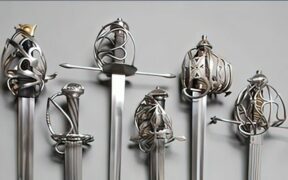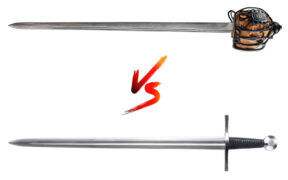Greatsword vs Broadsword vs Longsword: The Ultimate Blade
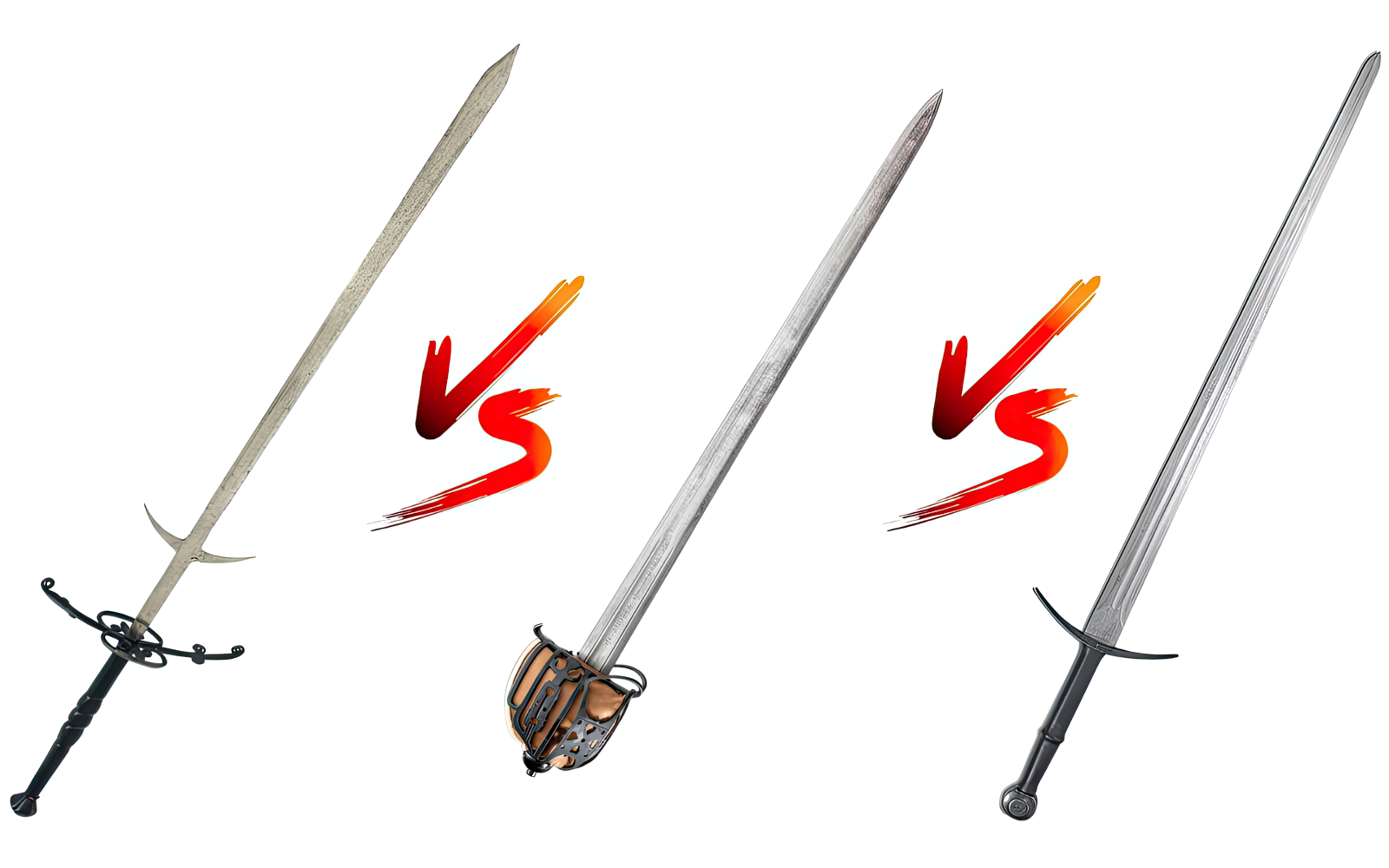
Greatswords, broadswords, and longswords are famous types of European swords. They were used in battles from the Scottish Highlands to Germany. Each sword has unique features and designs, leading to different tactics on the battlefield.
In this article, we’ll explain the main differences between these swords. We’ll start with their names and clear up any confusion. Then, we’ll look at their characteristics, history, and how they were used in combat.
Terms, Characteristics, and Design Differences
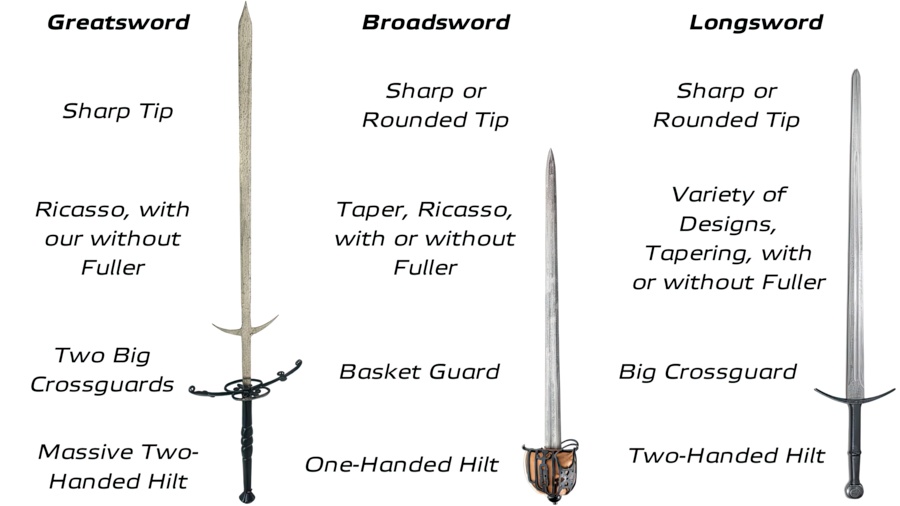
The greatsword is a type of sword known for its massive size. It is longer than any other European sword. This category includes several swords, such as the German zweihander, the Spanish montante, the Italian spadone, and the Scottish claymore.
The broadsword got its name because its blade is wider compared to the slim rapiers popular during the Renaissance. It has a basket hilt and is often associated with Scotland.
The longsword is another type of sword named for its length, which is longer than the common swords of its time, like the arming sword. This name came about in the Late Middle Ages.




Blade
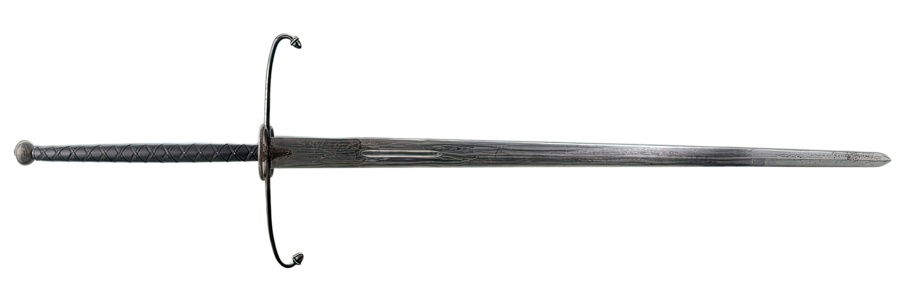
All three sword types are made of high-carbon steel, heat-treated, and quenched for a hard cutting edge and flexibility.
Greatswords have long, double-edged blades that taper at the tip. Some feature a secondary handguard and an unsharpened section near the handle called a ricasso. Flamberge greatswords have wavy blades to catch enemy weapons.
Broadswords have double-edged blades with a small groove, or fuller, for lightness. Some are slim for thrusting, but most are designed for cutting. Backswords are a type of broadsword with a single sharp edge.
Longswords vary more in design. Some are wide with rounded tips for slashing, while others are slimmer and taper to a point, better for thrusting through armor. They may have a groove for flexibility and come in various shapes.
Hilt

The greatsword’s hilt is designed for two hands and has a large space for flexibility. It has a big crossguard and a small pommel, and the grip narrows at the bottom for a strong hold.
The broadsword has a semi-basket or full-basket hilt for hand protection and comfort, often padded with leather or silk. This design limits some flexibility. Some hilts include loops or extensions to catch enemy blades.
Longswords feature hilts that fit both hands, with a bit of space between them for versatile use. They have large pommels and crossguards, typically with straight bars for protection.
Scabbard
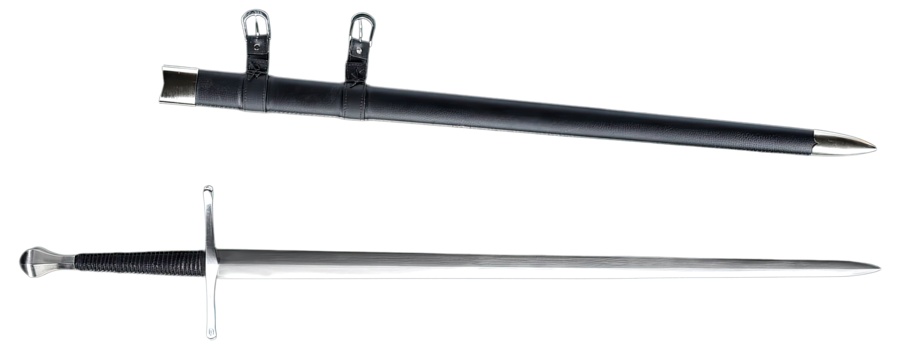
Because of its large size, the greatsword was not worn on the waist but rather carried on the shoulder. It was a main weapon of war and was usually drawn before the battle began.
The longsword and broadsword were smaller and worn on the left side at the waist, hanging from a belt and kept in a scabbard made of wood and leather.
People often carried a smaller dagger, like a dirk or stiletto, along with their longsword or broadsword. Those carrying a greatsword might also have a dagger or even a regular-sized sword like a katzbalger or an arming sword.
Size & Weight

Greatswords are the largest swords in Europe, ranging from 55 to 69 inches (140 to 175 cm) long and weighing about 4.4 to 5 lbs (2 to 2.3 kg).
Broadswords are the smallest, with lengths of 29 to 39 inches (75 to 100 cm), sometimes up to 45 inches (115 cm), and weigh around 2.6 lbs (1.2 kg).
Longswords fall in the middle. They are typically 47 to 57 inches (120 to 145 cm) long and weigh around 3 lbs (1.4 kg).
Historical Background & Significance
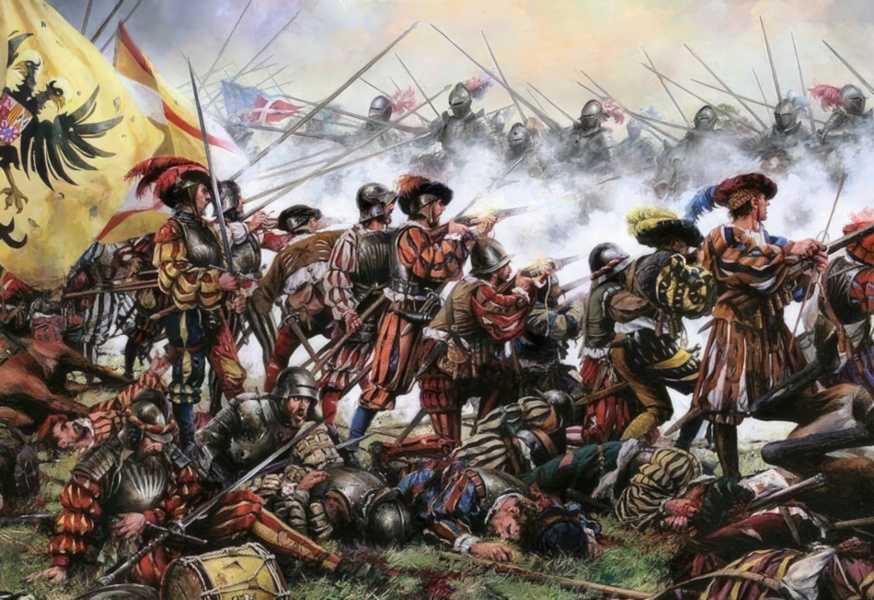
The greatsword, broadsword, and longsword all evolved from the arming sword, a classic medieval European sword with two sharp edges. The arming sword got larger and became the hand-and-a-half or bastard sword, the early version of the longsword.
As plate armor became more common in the 15th century, the longsword with its two-handed grip became popular. It was used in battles, martial arts, and duels.
Later, during the Renaissance, the sword grew even larger, leading to the creation of the greatsword. This massive sword was a key weapon on European battlefields, known for breaking through enemy pike formations.
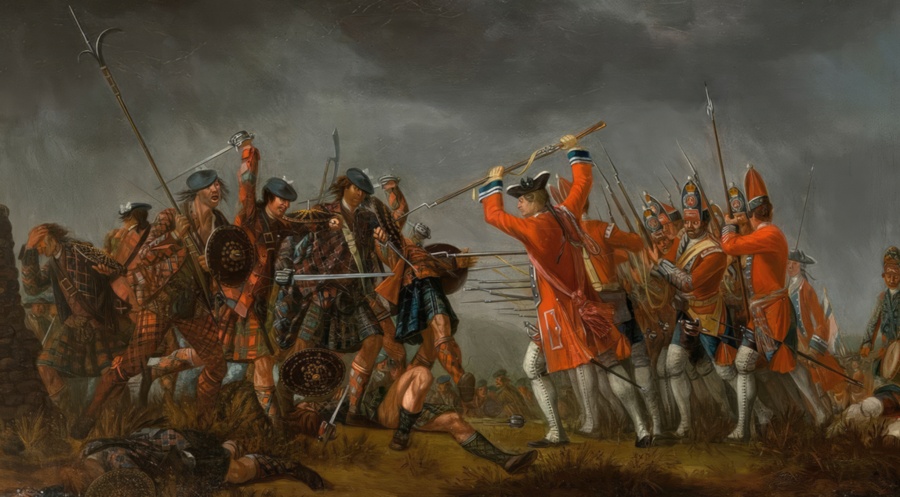
The broadsword first appeared in the late 15th century with a basket hilt but became most popular in the 16th and 17th centuries. Its design included a Renaissance-style hilt that protected the user’s hand with a basket-shaped guard.
These swords only overlapped in use for a short time. The longsword and then the greatsword fell out of favor due to the rise of firearms. However, the smaller broadsword remained in use until the 19th century.
Today, these swords are used in HEMA (historical European martial arts). Because of its large size, some trainers sometimes ban the greatsword from sparring.
Combat Preference
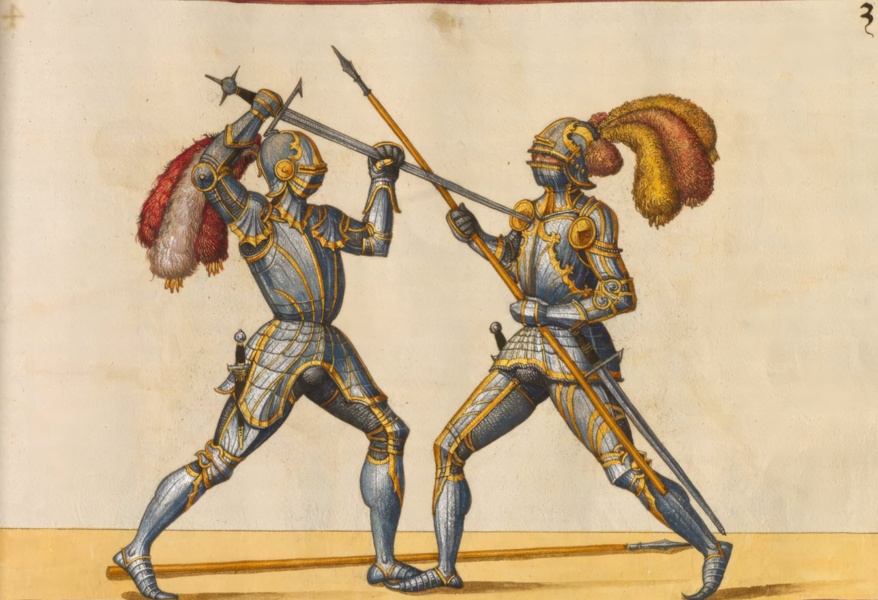
The Landsknecht, a group of mercenaries from Germany and Switzerland, used the greatsword. It was a key weapon against the pike formations in Europe’s battles in the 16th century. Despite its size, it was fast and light, good for slashing or piercing, and kept enemies at a distance. However, it took longer to recover after a strike.
The broadsword came into use when heavy armor was less common because of firearms. Its guard offered hand protection. This sword was favored for martial arts and dueling, especially by Scottish Highlanders for their charge attacks.
The longsword served as both a main and backup weapon against armored opponents. Its two-handed hilt made it versatile for battle and duels.
This sword was valued for its versatility and precision, especially for finding gaps in enemy armor. It could also be used like a dagger through half-swording, a method where the blade is held and used to stab, or as a blunt tool by using its pommel for bashing.
